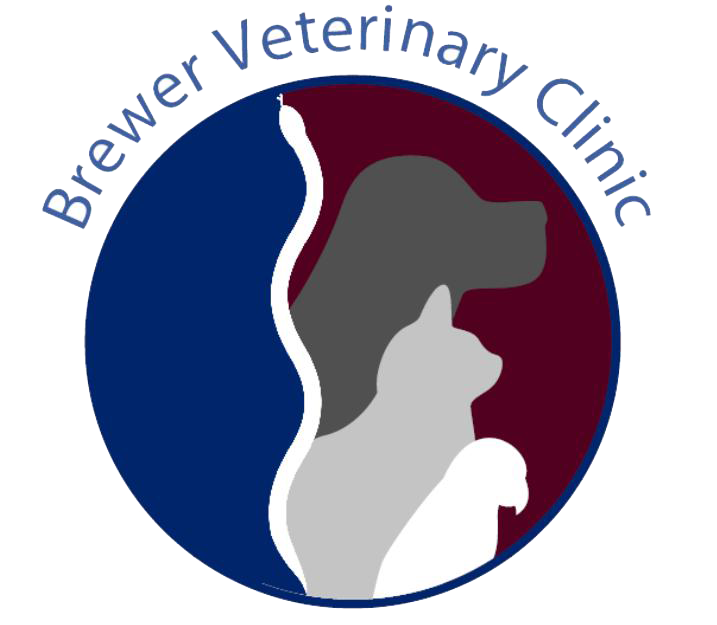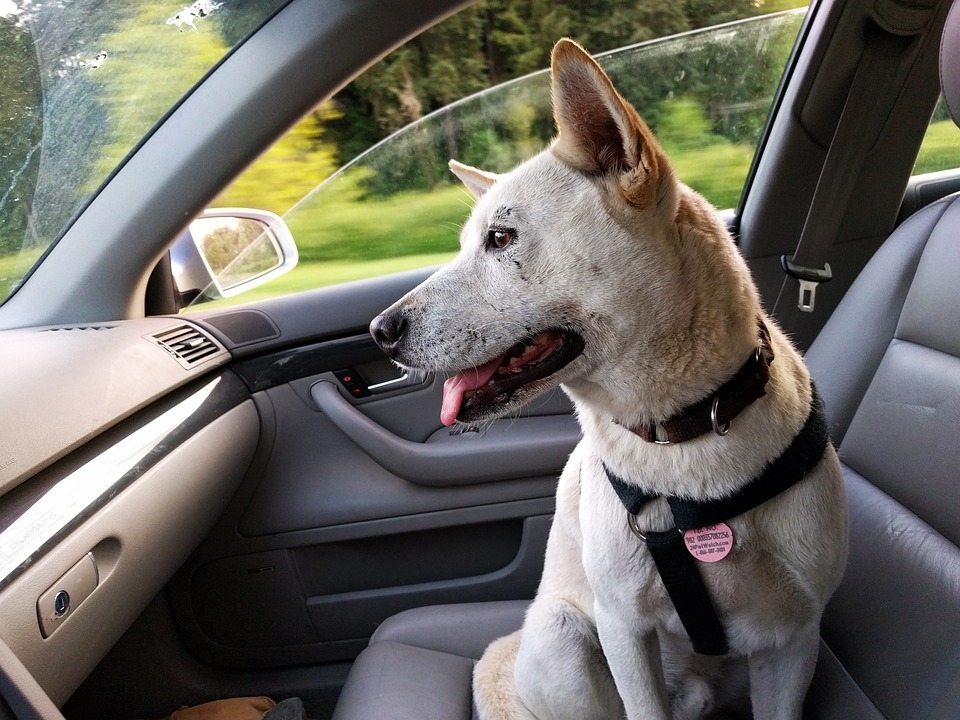It's a brand new year and many of us have a list a mile long of New Year's Resolutions. Most may have the usual weight loss or less TV/screen time resolution, but I do know quite a few people that would like to make the effort to travel more. Nowadays, we're finding that travel plans are including our four-legged companions more often than not.
Today, January 2nd, is Pet Travel Safety Day. We're here to share some helpful tips on making travel easier on you and your pet, from quick trips around town to longer, more adventurous excursions!
Hitchin' a Ride
It's a stereotype that all dogs love car rides, but this is not necessarily true. Imagine you're a dog who has never seen a car before, let alone rode in one, or it's been a while since they were in a car, but the last time they got car sick. Cars can be very scary to some dogs - they're loud, they move fast, and dogs can't keep their balance if they're not properly secure.
Maverick, our clinic kitty, demonstrates ultimate cat carrier comfort levels.
Cats and cars are a whole new beast. It's common knowledge that cats for the most part don't like to ride in cars. They're creatures of habit and they like to stay in their own territory where they're most comfortable. Stuffing them into a box only to go into another loud box that smells funny and zips around is not their idea of a good time. Who can blame them?
There are plenty of ways to make travel in cars much safer for your pet!
- Meet & Greet - The best way to introduce car rides to your pet is with patience, and it begins before you even get to the car itself. For cats, get their carrier out a few hours or even a few days before you plan on making your trip. Most owners wait until shortly before they leave to bring the carriers out which often makes cats turn into Hide & Seek Ultimate Champions. Leave the carrier doors open and place some favorite blankets or toys to tempt kitty to spend time in and around the carrier to associate it with positive experiences.
- Short & Sweet - If your pet has anxiety about riding in cars, quick trips around the neighborhood are the best way to reintroduce them to cars and assess what their triggers might be. Is it the engine turning over, acceleration, or the movement triggering your dog's anxiety? Knowing the cause of your dog's anxiety is one of the best ways to help them get over their fear of the car.
- Rules of the Ride - "Keep your arms and hands inside the car at all times." Remember hearing that from amusement park attendants before you rode the roller coaster? The same should apply to your pets as well. Your dog may like to hang their head out the window while going on a cruise in the summer time, but that increases your dog's chance of injury by a lot. Road debris and inattentive drivers/motorcyclists are just a few of the threats to your dog. Windows can be open for your dog to enjoy the breeze, but your dog should not be able to fit through the space. Dogs will jump from moving cars if they see a squirrel. It has happened. They always get hurt.
- Strapped In - Pets should always be secured in cars, whether it's in a crate or strapped in with their own pet-safe seat belt. There have been many times where I have witnessed either a cat or a small dog in the rear window of a car enjoying the ride. It may be cute to the owners or the drivers in other cars, but that pet is at serious risk of injury or worse if the owner has to stop quickly or if they get rear-ended. Even a collision at low speed can cause injury to an animal loose in the car. This is not just a matter of the pet's safety, but the owner's as well. Owners are less likely to be distracted by their pet if they're contained. Crates or carriers with blankets draped over them also help cut down on anxiety or car sickness in some pets.
- Long Haul - Quick trips around town are relatively easy to plan for, but the longer trips are a little trickier. If you're going on a long trip, plan the ride around your pet and allow enough time for frequent pit stops, ideally every 2-3 hours. Research pet-friendly sites perfect for pit stops and bring plenty of fresh water, food, travel bowls, and treats/toys to keep your pet occupied and happy!
Traveling with your pet can be infinitely more pleasant if you follow some of these tips. There are plenty of other wonderful resources out there for more tips, including your trusty veterinary clinic! We hope that your 2018 is full of health, happiness, and lots of memory-making adventures for you and your pets!



